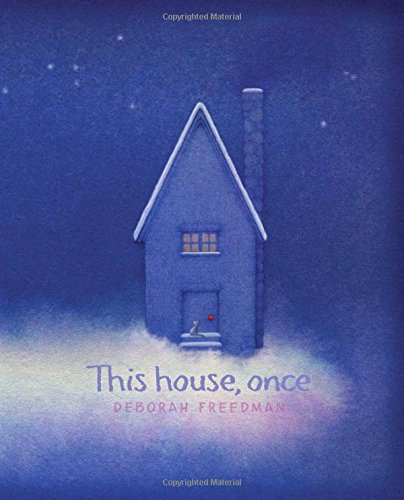For a kid whose internet use is still limited almost exclusively to Netflix, I’ve been surprised just how enthralled my first grader has been by White Ribbon Internet Safety Week. I’m sure that this has more than a little to do with all the prizes her school is raffling off for participation, but still.
She came home eager to chat about all the Internet safety “power boosts.” What surprised me even more than her enthusiasm was her ability to make important connections, even without the context of full internet use.
So today’s #TeacherMom post is a follow-up on my post entitled, “3 Reasons High School’s Too Late to Teach Digital Citizenship.”
#1: It helps them build intuition and confidence.
In the course of our conversation, my daughter and I watched a Youtube video about cyberbullying that featured some boys taking a picture of a classmate, adding unkind captions, and then circulating it through the school. When we finished, my daughter told me about how an older student asked to take a selfie with her at Halloween, and she wondered if that had been cyberbullying.
In that moment, the protective mama-bear side of me just wanted to blurt, “Never let anyone take your picture without permission [because cyberbullying]!” But instead, we discussed that moment in the video when the boys sneakily snapped that girl’s photo and walked away laughing. I asked her how that moment felt, and how it compared to how she felt when the student asked to take a picture with her in their Halloween costumes.
She concluded that the older student had not intended any harm in her situation, and was able to begin to learn about identifying and trusting her own gut feelings. And since I know I won’t be there in most of her future moments of uncertainty, I’m grateful that she is learning such discernment now.
(I also loved that she made a great connection here with a phrase from her teacher: “Hurtful or helpful?”)
#2: It helps them learn to be true to themselves.
Given that my daughter doesn’t yet have much of an online presence, it was a bit confusing for her when we discussed the “power boosts” that involved friends doing or saying silly things online. But we were able to start the discussion about how some people think that their internet lives are different than their “real” lives, and so they do and say things online that they would never say in-person. I loved that we are already building the foundation that we should “ALWAYS be the same in person as you are online” (LivBits, an inspiring young digital citizen I recently wrote about). As a result, she doesn’t even have time yet to develop the notion that her online self will differ from her in-person self.
#3: It gives the opportunity to model our own digital lives.
Because the White Ribbon week focuses on safety for young kids, one of the power boosts says, “I will use tech to connect with my REAL-LIFE friends. People online are not always who they say they are.” In this context, we discussed how there are people who try to “make friends” online and get kids to meet with them to cause harm. However, I also got to tell my daughter about how now, as an adult, I get to connect with and learn from teachers all over the world that I haven’t met. But we also returned again to safety measures that I take now as well.
When my daughter wants to play outside with friends in our neighborhood, we talk both about the safety and the possibilities. I am grateful for the opportunity to lay the same foundation for her digital life.
featured image: DeathToTheStockPhoto


















